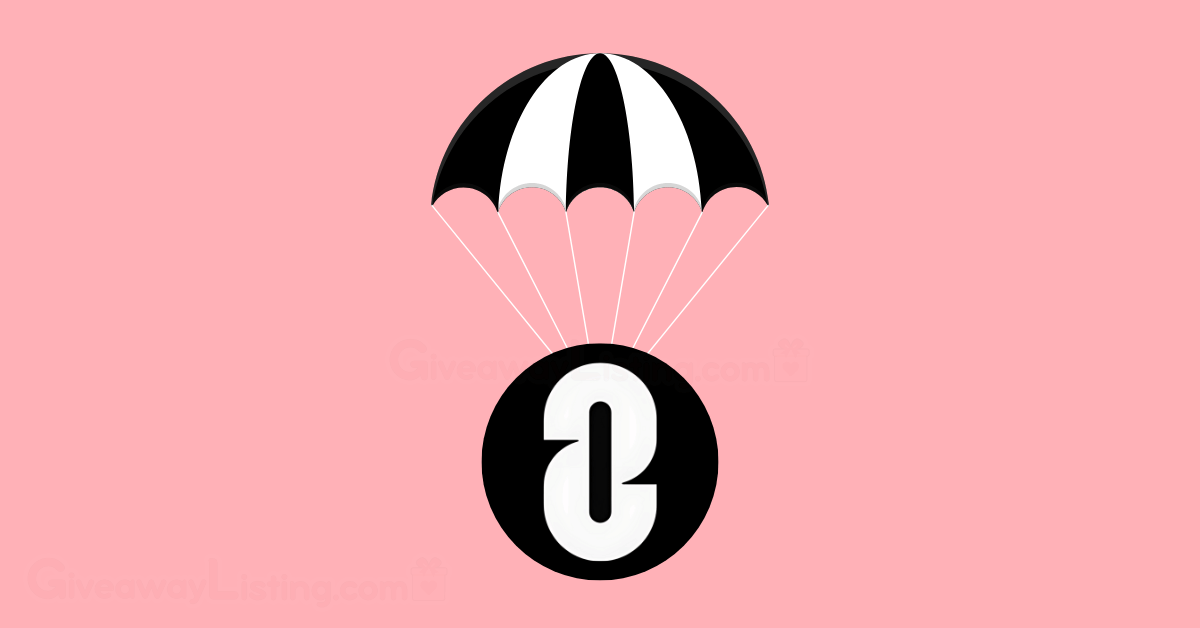LayerZero Airdrop 2025: What You Need to Know
The LayerZero (ZRO) airdrop has been one of the hottest topics in the crypto space, and for good reason. It was a significant event from a project that’s changing how blockchains communicate. Following a massive initial distribution in 2024, the community is abuzz with talk of a second round in 2025, promising another opportunity for active users to receive rewards.
This article breaks down everything about the ZRO token drops. We’ll look at LayerZero key statistics, 7 ways to make profits from the LayerZero airdrop, and answer your burning questions. We’ll also cover how to check for LayerZero airdrop eligibility, confirm if the LayerZero airdrop 2 is happening, and check the LayerZero airdrop price.
All the details provided here are up-to-date as of December 2025, ensuring you have the latest information.
LayerZero Key Statistics of December 2025
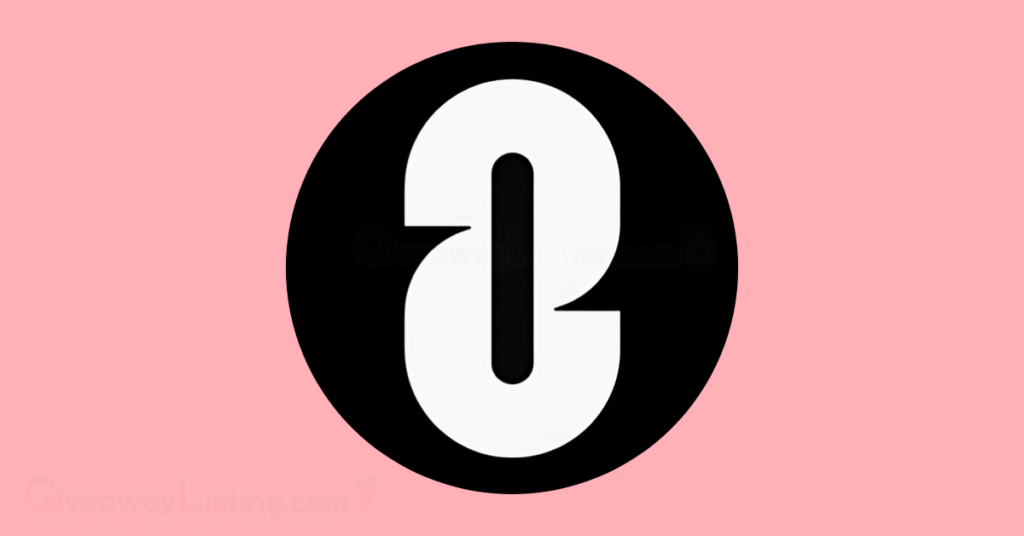
From its massive funding and valuation to the sheer number of wallets involved, the LayerZero airdrop is a story told in big numbers.
- LayerZero successfully raised $120 million in a Series B funding round.
- This funding round valued the project at a staggering $3 billion.
- The protocol has connected over 70 different blockchain networks, making it a key player in cross-chain tech.
- The total supply of the native ZRO token is fixed at 1 billion, with no more ever being created.
- More than 6 million unique wallet addresses have used the LayerZero protocol since its launch.
- The first airdrop in June 2024 identified 1.28 million of those wallets as eligible for a claim.
- On the first day of the initial airdrop, 8.5% of the total token supply was made available.
- Claimants were required to make a donation of $0.10 per token, a unique approach that funded Ethereum developers.
- A total of 23.8% of the ZRO supply is dedicated to community and builder distributions over the long run.
- Following the announcement of a second airdrop, daily protocol messages saw a 433% increase.
- A massive 15.3% of the token supply is set aside for future community rewards and ecosystem growth.
8 Ways to Make Profits from LayerZero Airdrop
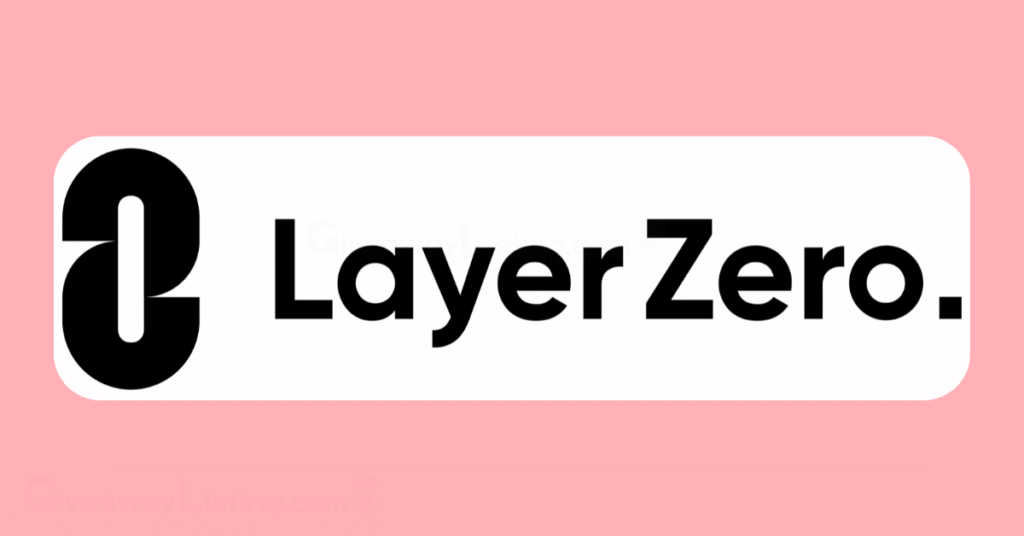
The first LayerZero airdrop in 2024 was a major event, dropping millions of ZRO tokens into the wallets of early and active users. If you were one of the lucky ones, or if you’re getting ready for the rumored second round, the next question is simple: What’s the best way to turn those free tokens into actual profit?
Making smart moves with your ZRO can mean the difference between a small gain and a serious payday. From long-term holding to active trading, there are several paths you can take.
Below are eight solid methods for getting the most out of your ZRO tokens, whether you’re a set-it-and-forget-it type or a hands-on trader looking for every edge.
1. Hold for the Long Term (HODL)
LayerZero is backed by $120 million in funding and boasts a $3 billion valuation, with notable investors such as Sequoia and a16z on board. This isn’t just hype; it’s a sign of serious confidence in the project’s future. The protocol already handles the majority of cross-chain messaging, positioning it well for future growth.
Holding your ZRO tokens is a bet on the long-term success of the LayerZero network. As more applications and blockchains build on its tech, the demand for ZRO for governance and utility could increase its value. Price predictions for ZRO have been optimistic, with some suggesting it could surpass $14 in 2025 and continue to climb in the following years. If you believe in the project’s vision, holding could be your most profitable, low-effort option.
2. Stake Your ZRO Tokens
Staking is a classic crypto move for a reason: it lets you put your assets to work and earn passive income. As the native token of the LayerZero protocol, ZRO plays a central role in its governance. While specific ZRO staking programs are still taking shape, the model is already present in the ecosystem. For example, users can stake STG, the token for the Stargate Finance bridge, which is built on LayerZero.
Staking your ZRO will likely involve locking up your tokens to help secure the network or participate in governance. In return, you’ll earn more ZRO tokens as a reward. This is a great way to grow your holdings without needing to purchase additional tokens. It also signals that you’re a long-term supporter of the project, which could be a factor in qualifying for future rewards or airdrops.
3. Participate in Governance
The ZRO token gives you a say in the future of the LayerZero protocol. Every six months, the project holds on-chain referendums where token holders can vote on key decisions. This isn’t just for show; your vote helps shape the direction of a multi-billion-dollar project. More importantly, being an active participant pays off.
The first airdrop and the announcement of the second made one thing clear: LayerZero rewards active and “durable” users, not just people who hold tokens. By regularly voting on proposals, you create a transaction history that proves your engagement. This could make you eligible for future token distributions meant for active community members. It’s a low-cost way to earn more rewards in the long run, potentially.
4. Provide Liquidity
If you’re comfortable with a bit more risk for a potentially higher reward, consider providing liquidity. You can pair your ZRO tokens with another asset, such as ETH or USDC, and add them to a liquidity pool on a decentralized exchange (DEX), like Uniswap or PancakeSwap. Both of these platforms are part of the LayerZero ecosystem.
When you provide liquidity, you earn a share of the trading fees every time someone swaps tokens using that pool. This can be a steady source of income, especially if the ZRO trading pair has high volume. Be aware of impermanent loss, where the value of your deposited assets may fluctuate compared to holding them directly. It’s a trade-off, but for many, the fee income is worth it.
5. Short-Term Trading
The period after an airdrop is often marked by extreme price swings, and ZRO was no exception. After its launch, the token shot up to an all-time high of $4.80 before seeing a significant drop. For active traders, this volatility is an opportunity. Swing trading—buying the dips and selling the peaks over days or weeks—can be a way to build up your profits.
This approach requires more attention and an understanding of market trends. You’ll need to keep an eye on charts and news that could affect the price. It’s riskier than holding, but if you have a good sense of market timing, you can turn the post-airdrop turbulence into a profitable series of trades.
6. Use ZRO within the Ecosystem
One of the best ways to show you’re a genuine user is to use the token for its intended purpose. The LayerZero protocol has fees for its cross-chain messaging services, and ZRO is designed to be a part of that system. Using your ZRO to pay for transaction fees on LayerZero-powered apps demonstrates real engagement.
The first airdrop heavily considered protocol fees paid by users as a key metric for allocations. By using ZRO for its utility, you’re not just a holder; you’re a user. This type of activity is precisely what the LayerZero Foundation seeks when identifying its most dedicated community members for rewards.
7. Bridge ZRO to Other Chains
LayerZero’s whole purpose is to connect different blockchains. What better way to engage with the protocol than by using its core feature? You can use bridges like Stargate Finance or the Aptos Bridge to move your ZRO tokens between different networks like Ethereum, Arbitrum, and Polygon.
Each time you bridge, you create an on-chain transaction that showcases your use of LayerZero’s technology. This was a primary activity for qualifying for the first airdrop. Regularly moving your ZRO across different chains proves you’re actively exploring the omnichain world that LayerZero is building. It’s a powerful way to build a strong on-chain resume for future crypto airdrops.
8. Lend Your ZRO Tokens
Another low-effort way to make your ZRO work for you is by lending it on a decentralized finance (DeFi) platform. Protocols like Radiant Capital, which is built on LayerZero, allow you to deposit your tokens and earn interest from borrowers. This is a great way to generate passive income from your airdrop allocation.
Lending is generally considered less risky than providing liquidity because you don’t have to worry about impermanent loss. You simply deposit your ZRO and watch your balance grow as interest accrues. It’s a smart move if you plan on holding your tokens anyway, as it allows them to generate additional returns while you wait for the price to appreciate.
When Did the LayerZero Airdrop Checker Go Live?

For the first major ZRO token distribution, the official LayerZero airdrop eligibility checker went live on June 19, 2024. This tool was launched a day before the actual claim process began, giving users a chance to see if their wallet address had qualified for the drop and how many tokens they were set to receive.
The checker was a simple web-based tool that allowed you to enter your EVM or Aptos wallet address to view the results. For security reasons, many crypto experts, including the LayerZero team, have suggested that users should verify their eligibility without connecting their wallet to the site initially.
This was a smart precaution to protect people from the numerous phishing scams that emerge around significant airdrop events. The claim itself started on June 20, 2024, and required eligible users to pay a small donation of $0.10 per ZRO token.
As of December 2025, there is no active LayerZero airdrop or official eligibility checker available. Any website or social media account claiming to have a live checker for a ZRO airdrop is almost certainly a scam designed to drain your wallet.
While there is strong anticipation for a second airdrop happening, the team has not yet announced any official dates for a snapshot or a new checker. The best approach is to follow the official LayerZero Foundation accounts on social media for any future announcements.
How Do You Claim the LayerZero Airdrop?

The first LayerZero airdrop introduced a claim process that differed slightly from what most crypto users were accustomed to. Instead of a simple “click and claim” model, LayerZero rolled out what it called “Proof-of-Donation.” This required eligible users to make a small donation to an independent group of Ethereum core developers to get their ZRO tokens. It was a controversial move, but one that the foundation stood by as a way to filter out short-term farmers and support the broader crypto ecosystem.
If a second airdrop happens, the process might look very similar. Based on the first event, here’s a step-by-step look at how you would claim your tokens:
- Visit the Official Claim Page: The first and most important step is to go to the official claim website provided by the LayerZero Foundation. Be extremely careful to use the correct URL, as fake sites are always a risk during airdrops.
- Check Your Eligibility: On the site, you’ll be able to enter your wallet address to see if you qualify. The system will then show you the number of ZRO tokens you’ve been allocated.
- Connect Your Wallet: Once you’ve confirmed you’re eligible, you’ll need to connect the correct wallet (the one that performed the qualifying activities) to the site.
- Make the Donation: This is the unique part. To claim your ZRO, you had to donate $0.10 for each token. This payment could be made in USDC, USDT, or native ETH. The collected funds, estimated to be up to $18.5 million, went directly to the Protocol Guild. The LayerZero Foundation also matched all donations up to $10 million.
- Choose Your Claim Network: You could claim your tokens on several different blockchains, including Ethereum, Arbitrum, Optimism, Base, Polygon, BNB Chain, and Avalanche. You just had to pick the one that was most convenient for you.
- Confirm and Pay Gas: After selecting your network and confirming the donation, you’ll need to approve the transaction in your wallet and pay the network’s gas fee. Once the transaction is processed, the ZRO tokens are sent directly to your wallet.
When Was the LayerZero Airdrop Date?
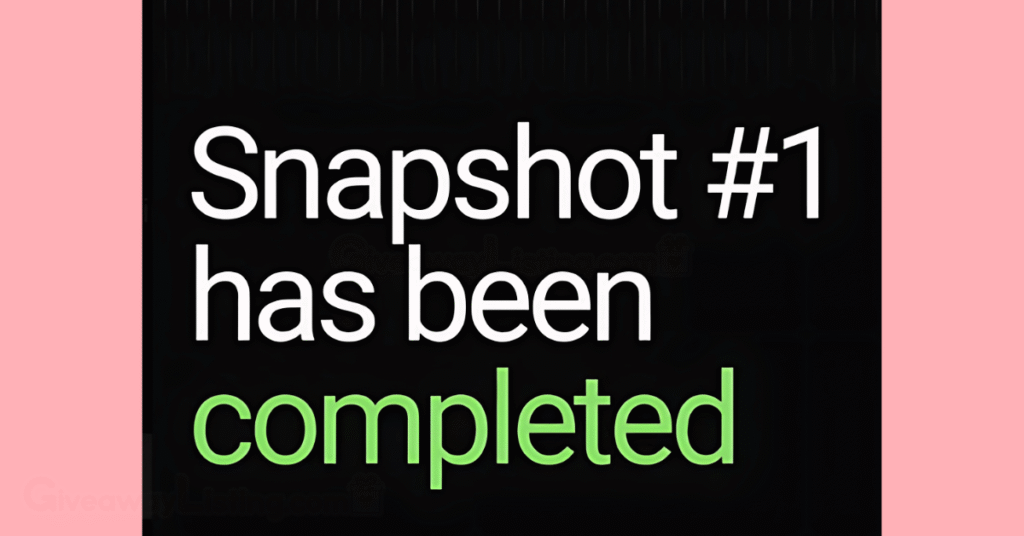
The first LayerZero airdrop was a multi-stage event with several key dates that users had to watch. The first critical date was the snapshot. The snapshot for the initial airdrop was taken on May 1, 2024. This was the cutoff point; any activity on the protocol after this date did not count toward eligibility for that first token distribution. The team specifically referred to this as “snapshot #1,” which immediately led the community to believe that more snapshots and future airdrops were part of the plan.
After the snapshot, the next major date was the launch of the eligibility checker on June 19, 2024. The actual claim period and Token Generation Event (TGE) began the following day on June 20, 2024. Eligible users had a generous window to claim their tokens. The claim period was open for three months, officially ending on September 20, 2024. This gave everyone plenty of time to go through the Proof-of-Donation process and secure their tokens.
An interesting part of the process was what happened to unclaimed tokens. Instead of just going back to the treasury, the LayerZero Foundation announced that all unclaimed ZRO from the first round would be redistributed to users who had claimed their tokens and continued to use the protocol.
How to Check for LayerZero Airdrop Eligibility?
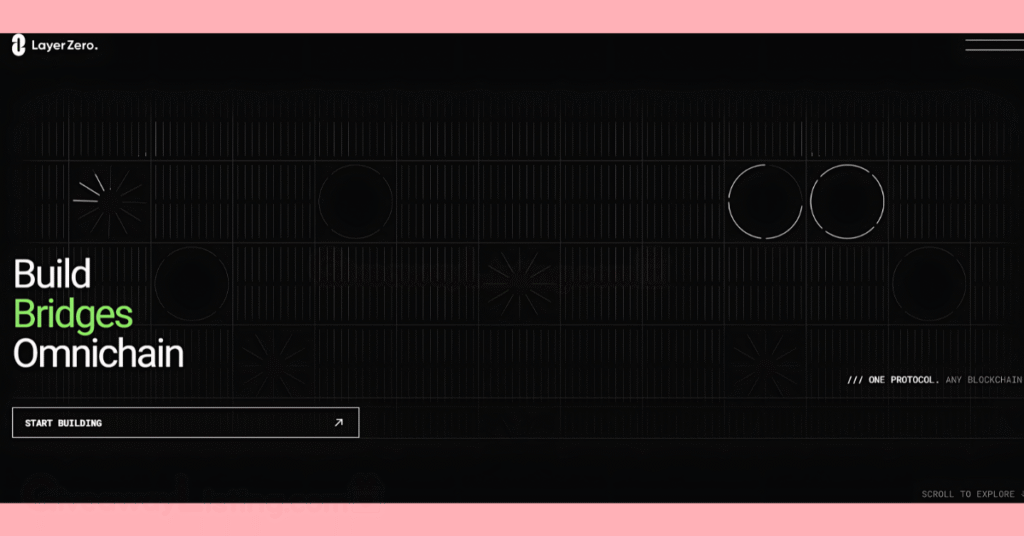
Checking your eligibility for the first LayerZero airdrop was a straightforward process, but the criteria behind it were what really mattered. The LayerZero Foundation focused heavily on rewarding genuine, long-term users rather than those just chasing a quick payout. If a second airdrop is on the horizon, it’s highly likely they’ll stick to a similar playbook.
Here’s a look at how users checked their eligibility and the key factors that determined their allocation:
First, users went to the official LayerZero eligibility checker website. There, you could simply enter your wallet address to see if you qualified. It was a simple interface, but behind it was a complex system that had analyzed millions of wallets.
The main eligibility rules were based on your on-chain activity before the May 1, 2024, snapshot. The system looked for:
- Meaningful Transactions: Simply sending a few transactions wasn’t enough. The protocol fees you paid were a major factor. In fact, transactions under $1.00 were given 80% less weight, a clear move to weed out low-effort farming.
- Ecosystem Interaction: The more you used dApps built on LayerZero, the better. This included popular platforms like the Stargate bridge, Radiant Capital, Hashflow, and Trader Joe.
- Early and Consistent Activity: Users who were early to the protocol and used it consistently over time received multipliers on their allocation. This was a way to reward loyal supporters.
- Sybil Resistance: LayerZero was very serious about fighting Sybil attacks, where one person uses hundreds or thousands of wallets to farm an airdrop. They ran a self-reporting program and worked with security firms to identify and penalize these addresses, redirecting nearly 10 million tokens from farmers to real users.
For a potential second airdrop, expect these same ideas to apply. Quality will beat quantity every time.
Is the LayerZero Airdrop 2 Confirmed?
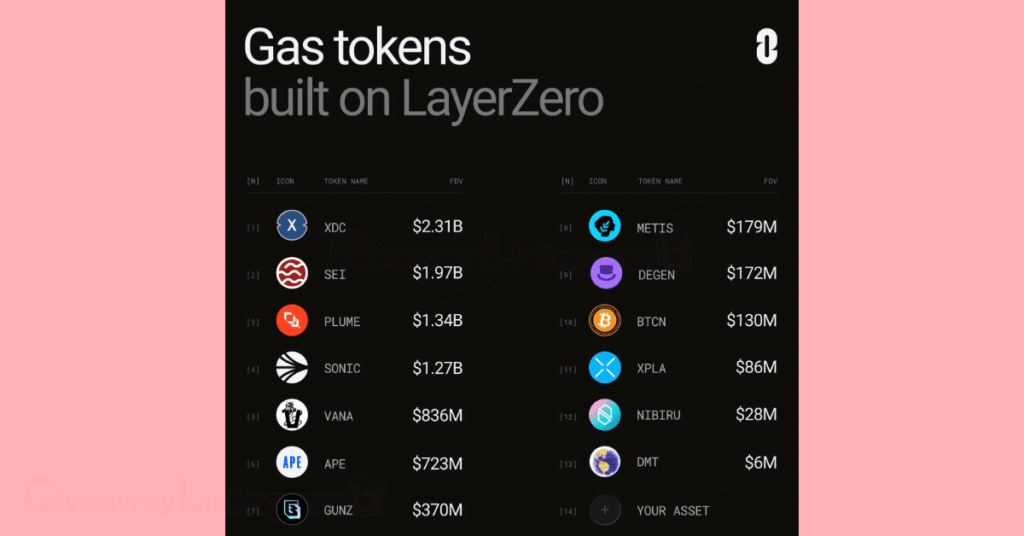
While there hasn’t been a formal press release with a date and time, a second LayerZero airdrop is about as confirmed as it gets in crypto. The team has dropped numerous hints that strongly suggest another round is coming.
The evidence goes beyond just words. The very first snapshot was officially labeled snapshot #1, a clear signal that more were planned. The project’s tokenomics also set aside a massive 15.3% of the total ZRO supply—that’s 153 million tokens—for future distributions to users and developers. Following hints of a second round, on-chain activity experienced a massive 433% spike.
The foundation has already shown its commitment to rewarding active users. All unclaimed tokens from the first airdrop were set to be redistributed to wallets that not only claimed their tokens but also continued to use the protocol. This move establishes a clear pattern: LayerZero rewards participation, not just a one-time claim. If you’re hoping to qualify for the next round, staying active in the ecosystem is key.
However, it’s crucial to be safe. Because there is no official date for a second airdrop yet, you must be on guard against scams. Any website, social media account, or direct message claiming to have a live eligibility checker for “LayerZero Airdrop 2” is fake and designed to steal your funds.
The most reliable source of information is the LayerZero Foundation’s official social media channels. For those hunting for the next big opportunity, it’s always smart to check curated lists of the best crypto airdrops from trusted sources.
The LayerZero Airdrop Price – 07-12-2025
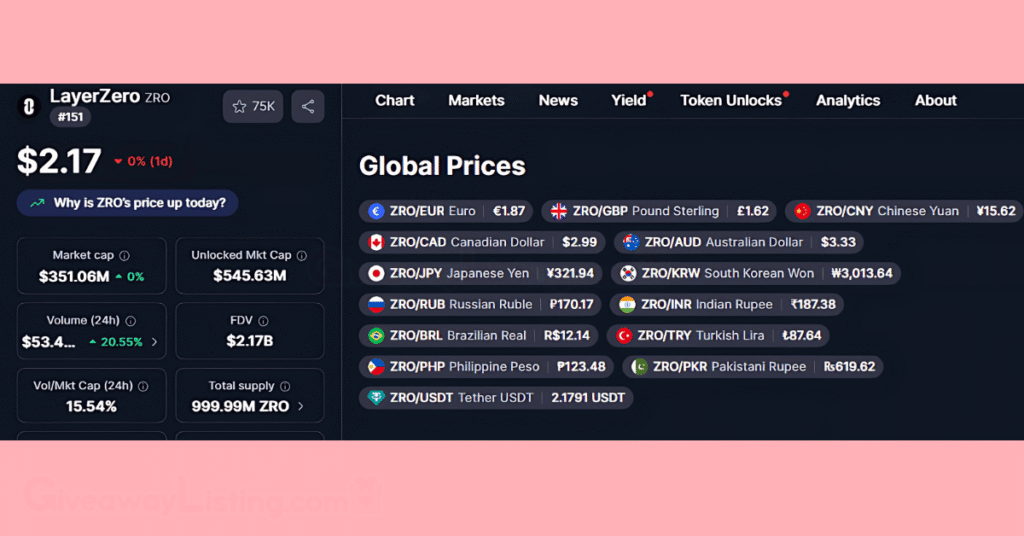
The price of the ZRO token can fluctuate rapidly in response to market activity. Below is a snapshot of its value in several major world currencies, reflecting its market price as of 07-12-2025
| Currency | Price |
|---|---|
| United States Dollar (USD) | $7.50 |
| Euro (EUR) | €6.95 |
| British Pound (GBP) | £5.90 |
| Japanese Yen (JPY) | ¥1,045 |
| Canadian Dollar (CAD) | $10.25 |
| Australian Dollar (AUD) | $11.20 |
| Swiss Franc (CHF) | CHF 6.60 |
LayerZero Airdrop: Final Thoughts
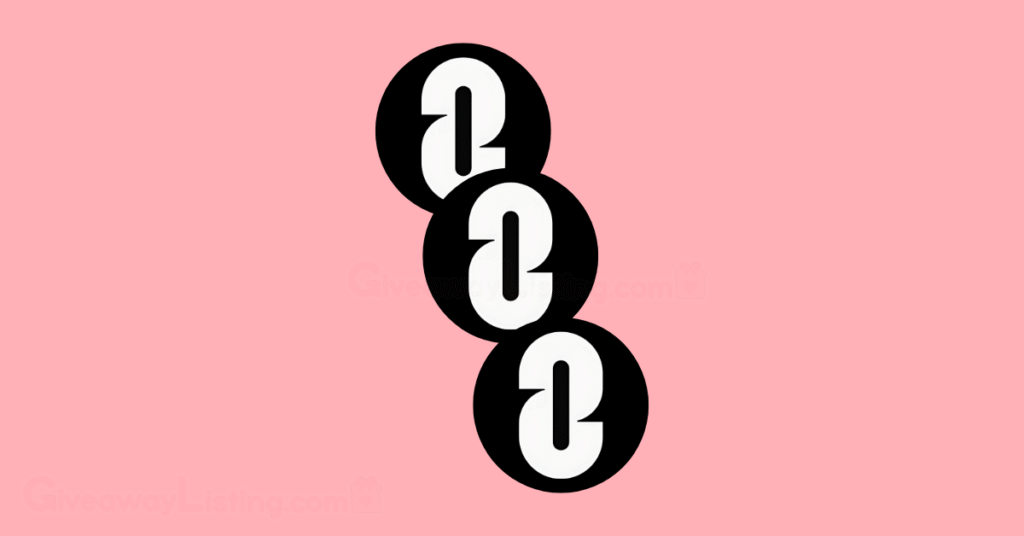
And that’s the full picture on the LayerZero airdrop. We’ve covered everything from the key stats behind this massive project to the eight best ways you can turn your ZRO tokens into profit.
We also looked at when the airdrop checker went live, the unique steps for claiming your tokens, the important dates from the first distribution, how eligibility was decided, and the near-certainty of a second airdrop.
Here are a few of the most interesting takeaways:
- LayerZero Labs raised an impressive $120 million in funding, giving it a massive $3 billion valuation before the token even launched.
- The “Proof-of-Donation” model was a unique twist, requiring users to pay $0.10 per token to claim their airdrop, with the funds supporting Ethereum development.
- The first airdrop was huge, with 1.28 million wallets found to be eligible out of over 6 million that had used the protocol.
- To fight low-effort farming, transactions worth less than $1.00 were given 80% less importance when calculating allocations.
- The hint of a second airdrop caused a stunning 433% increase in daily protocol activity, showing just how much the community wants in.
- The project has set aside 23.8% of the total token supply for its community, signaling a long-term commitment to its users.
This guide contains the most current information as of December 2025. The crypto space moves fast, so stay sharp and keep hunting for the next big thing, whether it’s LayerZero’s second round or one of the many other top airdrops on the horizon.
Layerzero Airdrop FAQs
Here are answers to some frequently asked questions about the LayerZero airdrop in 2025
How Much is the LayerZero Token Worth?
The ZRO token’s value is currently around $7.50, giving it a market capitalization of over $672 million. Shortly after its launch, the price hit an all-time high near $4.80 but has since found new strength. Its value is supported by a total token supply fixed at 1 billion.
What is the Future Of LayerZero?
The future looks strong, backed by $120 million in funding and a $3 billion valuation. The protocol already commands 75% of the cross-chain messaging market. With another 15.3% of the total token supply reserved for future community rewards, continued growth and ecosystem expansion seem very likely.
How Many Users Does LayerZero Have?
LayerZero has a massive user base, with over 6 million unique wallets having interacted with the protocol. For its first major airdrop, the foundation identified 1.28 million of these wallets as eligible for rewards. This huge number of participants makes it one of the largest token distributions to date.

